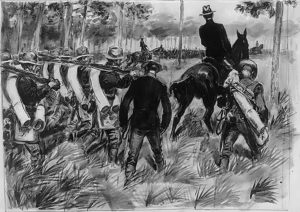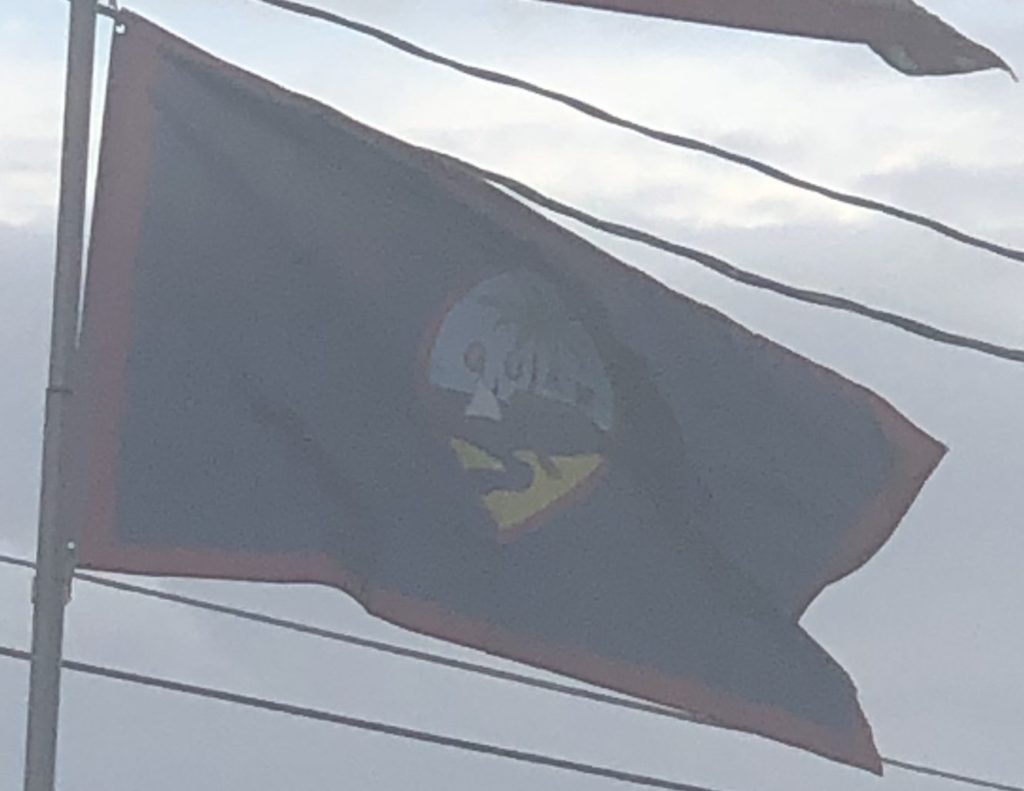A devastating typhoon struck the island on August 10, 1848, followed by a severe earthquake on January 25, 1849, which resulted in many refugees from the Caroline Islands, victims of the resultant tsunami. After a smallpox epidemic killed 3,644 Guamanians in 1856, Carolinians and Japanese were permitted to settle in the Marianas.
Spanish–American War and World War II:
After almost four centuries as part of the Kingdom of Spain, the United States occupied the island following Spain’s defeat in the 1898 Spanish–American War, as part of the Treaty of Paris of 1898. Guam was transferred to the United States Navy control on December 23, 1898, by Executive Order 108-A from 25th President William McKinley. Guam came to serve as a station for American merchant and warships traveling to and from the Philippines (another American acquisition from Spain) while the Northern Mariana Islands were sold by Spain to Germany for part of its rapidly expanding German Empire, then following the German defeat in World War I (1914-1918) became a League of Nations Mandate in 1919 with the nearby Empire of Japan as the mandatory (“trustee”) as a member nation of the victorious Allies in the “Great War”. A U.S. Navy yard was established at Piti in 1899, and a United States Marine Corps barracks at Sumay in 1901. Following the Philippine–American War (also known as the Philippine Insurrection, 1899-1902), rebel nationalist leaders Emilio Aguinaldo and Apolinario Mabini were exiled on Guam in 1901 after their capture.

A marine seaplane unit was stationed in Guam from 1921 to 1930, the first in the Pacific. Pan American World Airways established a seaplane base on the island for its trans-Pacific San Francisco-Manila-Hong Kong route, and the Commercial Pacific Cable Company had earlier built a telegraph/telephone station in 1903 for its trans-oceanic communication line. During World War II (1939-1945), Guam was attacked and invaded by Japan on Monday, December 8, 1941, shortly after the attack on Pearl Harbor‘s American Pacific fleet and naval/air bases in Hawaii, hours before. In addition, Japan made major military moves into Southeast Asia and the East Indies islands of the South Pacific Ocean against the British and Dutch colonies, opening a new wider Pacific phase in the Second World War. The Japanese renamed Guam Ōmiya-jima (大宮島) or Great Shrine Island.
Battle of Guam, July 1944:
The Northern Mariana Islands had become a League of Nations mandate assigned to Japan in 1919, pursuant to the Treaty of Versailles of 1919. Chamorros indigenous island people from the Northern Marianas were brought to Guam to serve as interpreters and in other capacities for the occupying Japanese force. The Guamanian Chamorros were treated as an occupied enemy by the Japanese military. After the war, this would cause resentment between the Guamanian Chamorros and the Chamorros of the Northern Marianas. Guam’s Chamorros believed their northern brethren should have been compassionate towards them, whereas having been administered by Japan for over 30 years, the Northern Mariana Chamorros were loyal to the Japanese government.
